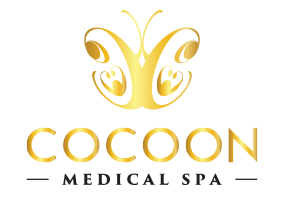How To Determine Your Skin Type
Being the largest organ of the body, skin has the same importance and intelligence as the lungs, heart or every other vital organ. For this reason, getting to know it and being aware of its needs is essential for overall health. Using the wrong products and treatments can worsen skin condition by harmfully effecting skin functions. Accordingly, though every person’s skin is unique and different, there are some common skin types that can help identify what to use and how to take care of skin. Here are two ways to determine your skin type easily at home.
1. The Bare-Faced Method
Clean your face with a light cleanser and gently pat dry with a towel. Leave your skin bare without applying any moisturizer or serum. After a 30 minutes wait, check out your forehead, nose, cheeks and chin if they have any shine. Wait another 30 minutes, then examine how much your skin feels parched, especially around the areas where you make facial expressions. In case it feels tight, you likely have dry skin, while a slight shine on the nose and forehead mostly indicate normal or combination skin. If you experience shine on the forehead, nose and cheeks, you probably have oily skin.
2. The Blotting Sheet Method
This is the simplest and fastest method to determine skin type and is the most useful to differentiate oily and dry skin. Gently pat a sheet of blotting paper on each area of your face and then hold the sheet up to the light. Based on the amount of oil you see on the paper, you can determine your skin type – little to no oil indicates to dry skin, oil from the forehead and nose areas means your skin is normal or combination, and in case the paper is saturated with oil, you probably have oily skin.
Skin Types
-
Dry skin
Dry skin mostly feels tight and is often flaky, itchy, rough or irritated. It can be the result of lifestyle and diet, hormonal changes, environmental factors or dehydration. With this in mind, drinking lots of water and avoiding diuretics like alcohol or caffeine is key. The most helpful skincare products are those that contain ingredients attracting water and delivering it to skin cells, for instance marine actives.
-
Normal/combination skin
While normal skin is well-balanced, not too oily and not too dry and is typically not prone to breakouts or flakiness, combination skin both has oily and dry areas. The forehead, nose and chin are usually shiny, but the cheeks are particularly dry or normal. Regular gentle exfoliating is important to keep the balance and the best form of skin care to use is the gel-like texture that absorbs faster and do not cause breakouts.
-
Oily skin
Oily skin means the appearance of excess oil on the skin which tends to clog pores and cause blemishes and breakouts. Oily skin is also prone to PIH – post-inflammatory hyper-pigmentation, dark spots after a breakout has healed. Therefore, daily use of enzymatic exfoliation is essential to promote cell turnover, especially in case of PIH to polish away the uppermost layer of the skin and hence lighten dark spots.
In case you still have problem to determine your skin type, write us to info@cocoonmedicalspa.com and book an appointment with our experts for consultation.



